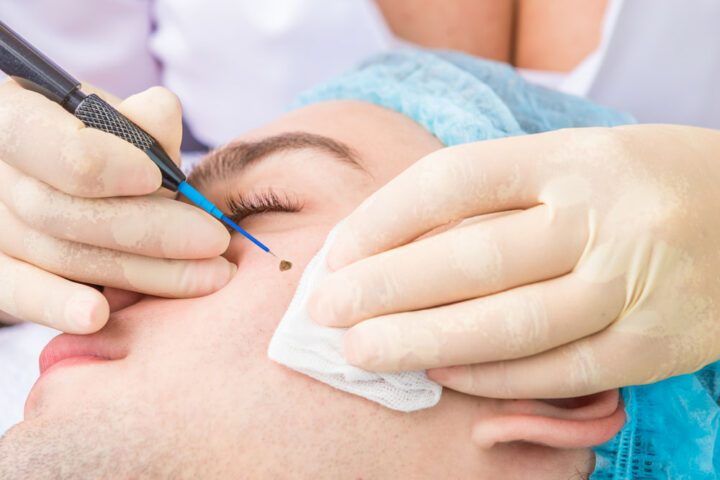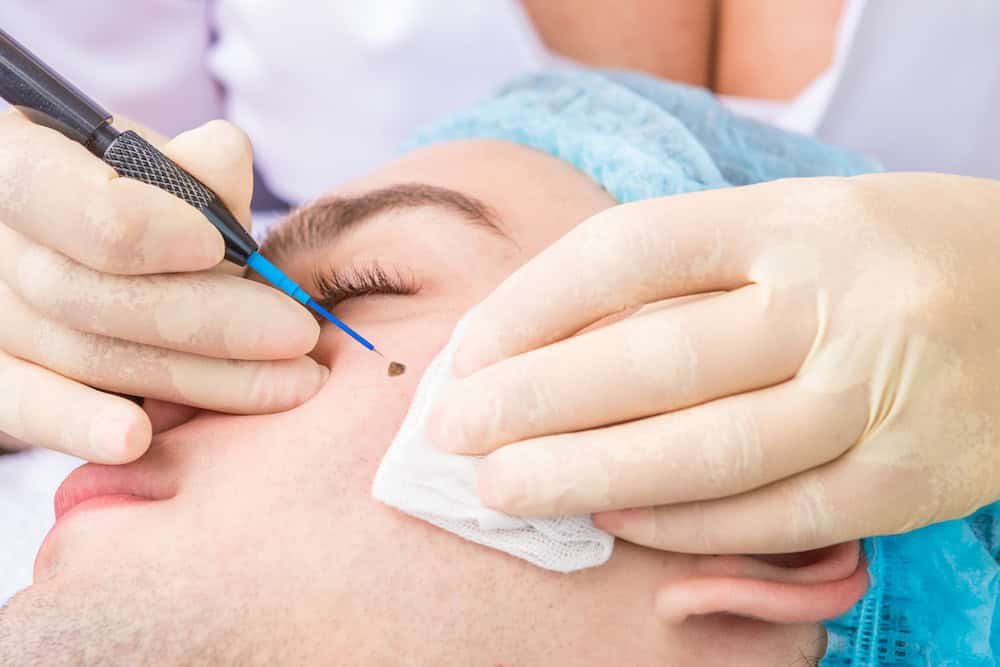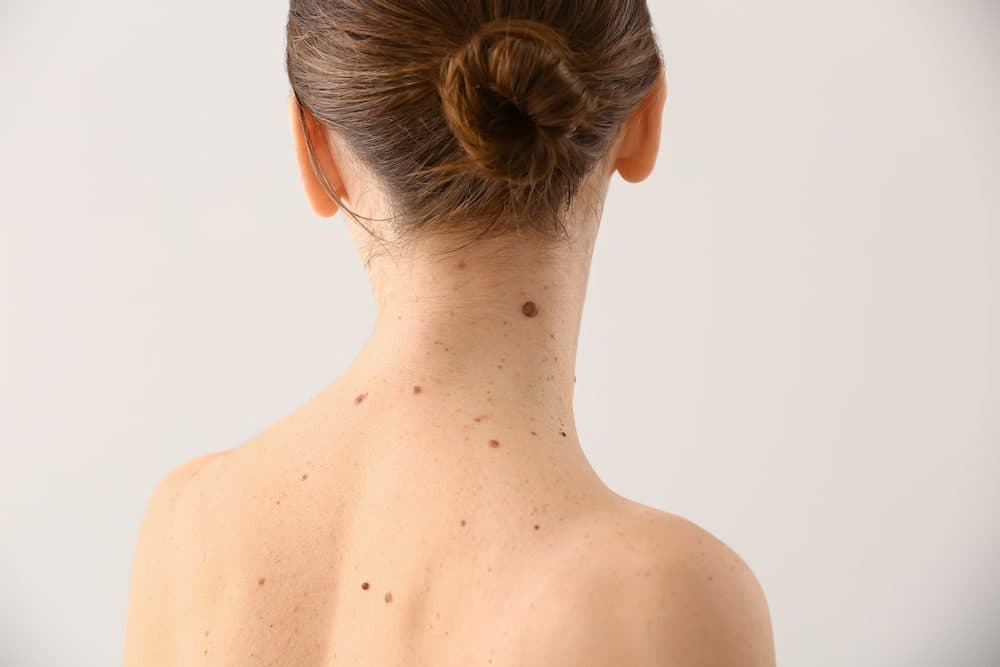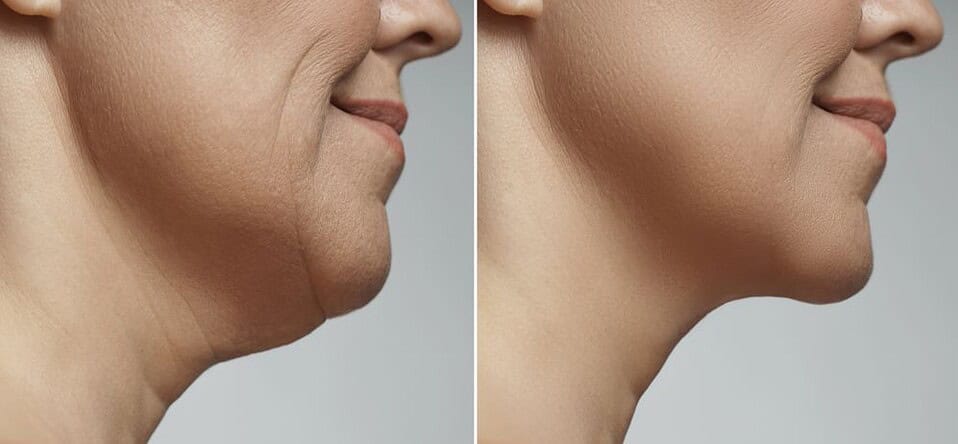
Safe and Effective Mole Removal

For most people, the appearance and growth of moles on the skin are harmless skin blemishes. Moles are caused by pigmented skin cells, called melanocytes, growing in clusters instead of being generally distributed throughout the skin. Mole removal can be used to remove moles both as a medical treatment and a cosmetic one.
Many people are born with moles or develop moles at some point in their life and have no further problems. But some moles can be the initial signs of melanoma, and having a cluster of many moles can signal the possibility of breast cancer. If you’ve started developing moles, you should see a doctor to find out if they are precancerous, cancerous, or perfectly safe.
Practicing Mole Control
You can follow some mole control tips to help prevent moles from developing. Moles often develop in people who spend a lot of time in the sun. For many people, reducing the time they spend in the sun with their skin exposed reduces mole development.
If you’re prone to developing moles, you should avoid the sun when it’s at its strongest. You should also get in the habit of wearing sunscreen every time you go outdoors, even on cloudy days. Use sunscreen with an SPF of at least 30 to be sure you’re completely protected. Apply it 30 minutes before going out and reapply every two hours or more frequently if you’re sweating or swimming.
Wear broad-brimmed hats and long sleeves and protect the back of your neck whenever you’re out in the sun. You could also consider clothing made from fabric that’s specially treated to block UV rays. Avoid tanning beds and lamps, and be aware that tanning indoors still exposes you to UV rays and can increase your risk of melanoma.
Risk of Melanoma
People with a personal or family history of melanoma should be aware that any moles new represent an increased risk of the disease. You should become familiar with the blemishes and moles on your skin and be aware of any changes or new moles appearing.
Perform self-examinations once a month that cover the entire body, head to toe. Be sure to include the scalp, armpits, chest, and back. Check all your limbs, front and back, and include the palms, fingernails and feet, including the soles and the spaces between the toes. Also, check your genital area and your buttocks. A hand mirror should be used if you’re performing a self-examination to ensure you have a clear view of your entire body.
Talk with your doctor to learn the extent of your risk factors for melanoma and find out if you need a regular skin exam performed by a professional. Doctors have developed a scale of different attributes that a mole can exhibit that point to warning signs of a cancerous mole.
Most cancerous mole treatments start with surgery by traditional means or using carbon dioxide lasers to completely remove the mole and surrounding tissue. Your doctor may then recommend targeted therapy, chemotherapy, radiation therapy or immunotherapy to ensure the cancer cells are destroyed.

Noncancerous Mole Removal
A dermatologist can usually remove a mole that’s noncancerous within an office visit. However, sometimes a repeat visit is necessary to finish the procedure.
There are five recognized medical procedures for mole removal.
Freezing
The doctor can use a small amount of liquid nitrogen to remove a noncancerous mole. The liquid nitrogen freezes the mole tissue quickly, then allows it to thaw out slowly, destroying the skin cells.
Burning
A mole can also be removed by burning the upper layers of noncancerous mole tissue with an electric current. This procedure may take more than one session to complete.
Laser Removal
Laser mole removal uses a carefully targeted laser beam to remove shallow moles down to the level of the skin, leaving a small red mark. The red mark is then treated with ointment and a dressing that forms a scab over the next few days. The scab then falls off to reveal new skin underneath.
Shaving
A lancet or surgical blade is used to shave domed or bulbous moles down to skin level. The doctor may also cauterize the area around the removed mole to reduce scarring.
Surgery
Moles determined to be precancerous, cancerous, or benign can also be removed surgically. The mole will first undergo a biopsy to determine the presence of any cancer cells. The mole will then be removed by cutting it out down to its roots, trimming the surrounding skin, and then suturing the wound closed.
Visit Nirunda Aesthetic Clinic for Mole Removal in Bangkok
At Nirunda Aesthetic Clinic, we can surgically remove moles or use a laser to remove shallow moles. We also offer a full range of skin and cosmetic surgery treatments. Make an appointment at Nirunda Aesthetic Clinic in Bangkok to have your moles examined or removed professionally.








